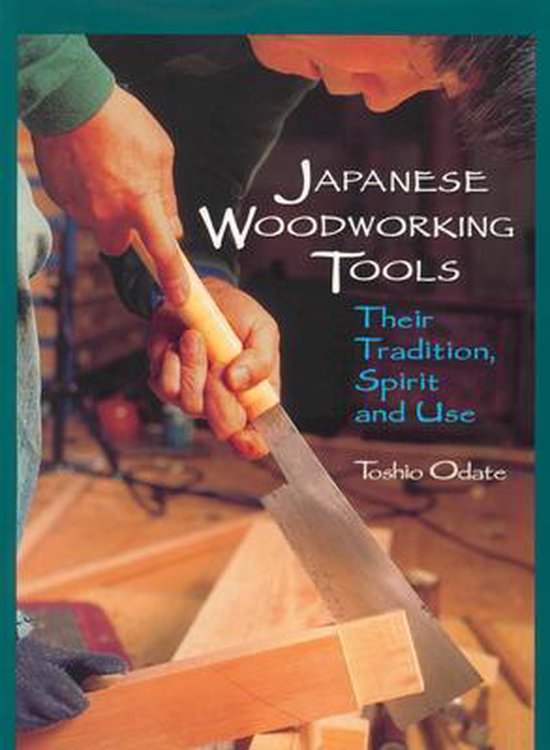
JAPANESE JOINERY GUIDE FOR BEGINNERS
Joinery refers to both the wooden components of a building, and the techniques used for making those components. The craftsperson who does this is often considered a joiner, as he or she is one who joins pieces of wood together to construct something. Traditional Japanese joinery is made entirely without the use of metal fasteners or adhesives.
While building without the use of nails or other fasteners is not at all unique to Japan, the types of joints used, the durability of the structures created, and the complete absence of iron makes Japanese joinery stand out.
In this book “JAPANESE JOINERY GUIDE FOR BEGINNERS” I will be teaching you everything that you must know about this amazing wood working technique in order to be able to master this craft and improve on your woodworking skills.
In Japan however, complex methods of joinery are used not only for practical reasons, but also to highlight craftsmanship, and to enhance aesthetic quality. These decorative joints have often been used in temples, shrines, and castles, but are particularly common in furniture making.
This book contain some of the following;
- Introduction to japanese joinery
- Japanese joinery
- What are japanese traditional woodworking tools?
- Japanese-american carpenter
- Mortise and tenon joint
- Dovetail joint
- Sampo-zashi
- carvings in japanese inami wood
- techniques of japanese lacquering
- kijiro lacquering
- lacquer kamakura-bori
- fuki-urishi
- lots more
ORDER YOUR COPY NOW
| Auteur | | Kingsley Anderson |
| Taal | | Engels |
| Type | | E-book |
| Categorie | | Vrije tijd & Hobby |





